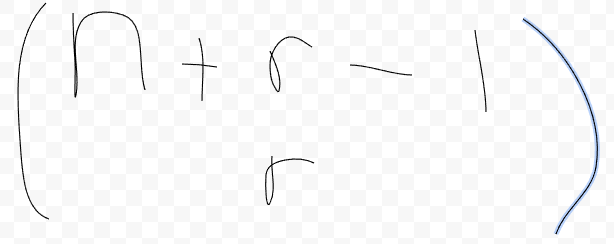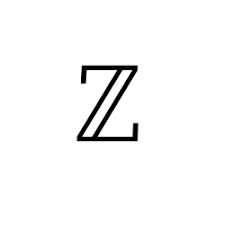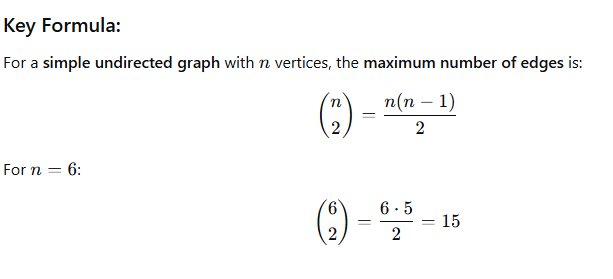Compsci 120
1/16
There's no tags or description
Looks like no tags are added yet.
Name | Mastery | Learn | Test | Matching | Spaced |
|---|
No study sessions yet.
17 Terms
Unordered choice with repetitions
Given n objects, we want to select r objects with replacements

Unordered choice without repetitions
Given n objects, we want to select r objects with replacements

Ordered choice without repetitions
Given n objects, we want to select r objects with replacements

Ordered choice with repetitions
Given n objects, we want to select r objects with replacements

n vertices, simple and connected graph with each vertex having degree 2.
Cn- cycle graph.
n vertices, simple graph without loops such that every unordered pair of distinct vertices is connected by an edge. Total edge count is n(n-1) / 2
Kn - Complete graph.
n vertices in one set and m vertices in the other set, is a simple graph without loops. This graph doesn’t contain any odd length cycles.
Kn,m - Bipartite graph.
Where there is a path between every pair of vertices.
Connected graph
A path where consecutive vertices are adjacent
Walk.
Adjacent.
Two vertices that are directly connected by an edge.
What G graph has these 3 properties of a tree.
1. G is connected and has no cycles.
2. There is a unique path between each two vertices in G.
3. G is connected and the number of edges in G is n - 1
Handshake lemma.
The sum of degrees is equal to 2 times the total number of edges.

A non-decimal number that is positive or negative number, including zero.
Integer.

In the form of p/q, which are both integers and the denominator is non-zero.
Rational number.

Positive integers
Natural number.

Real number.
The formula for a simple undirected graph with n vertices, the maximum number of edges is:
